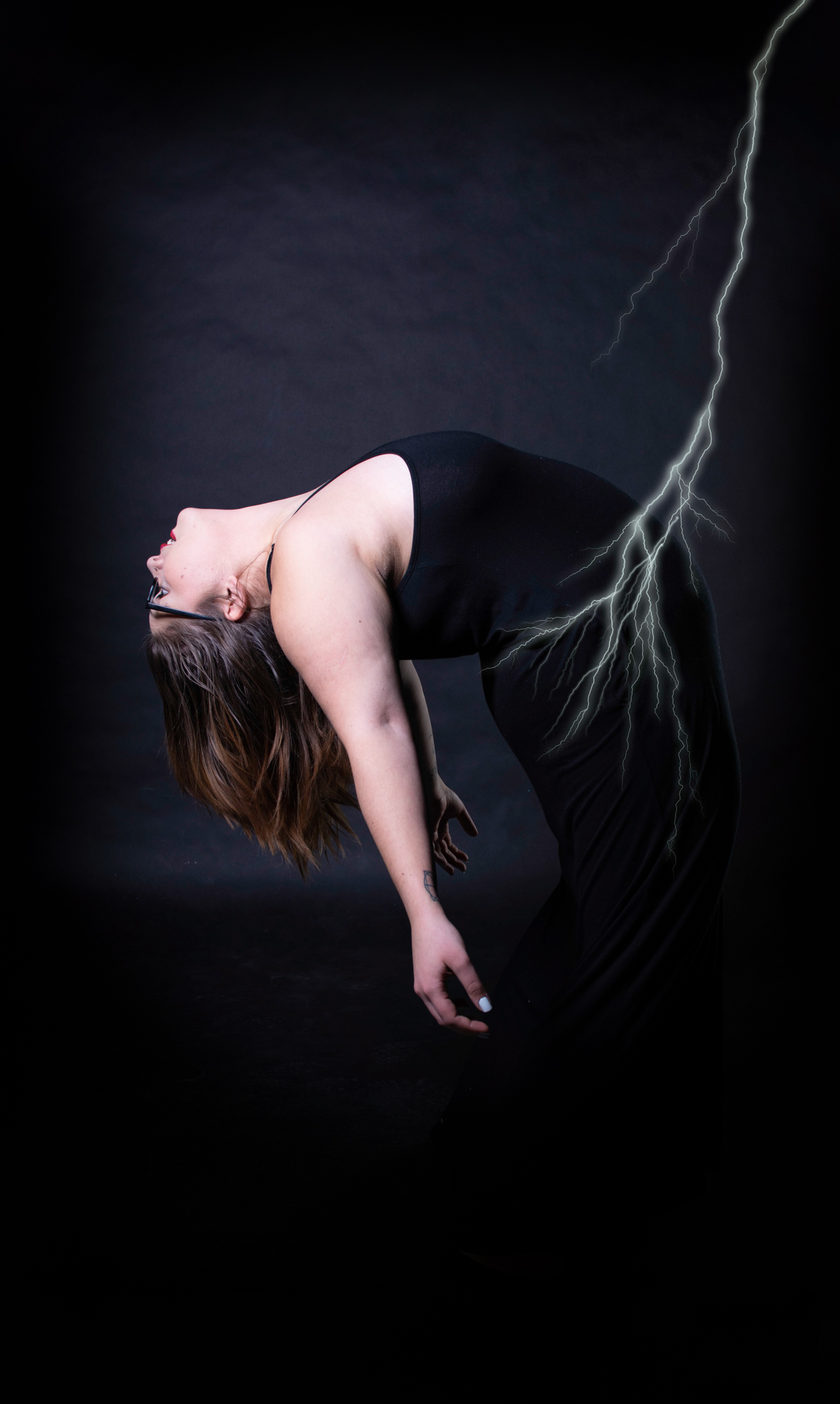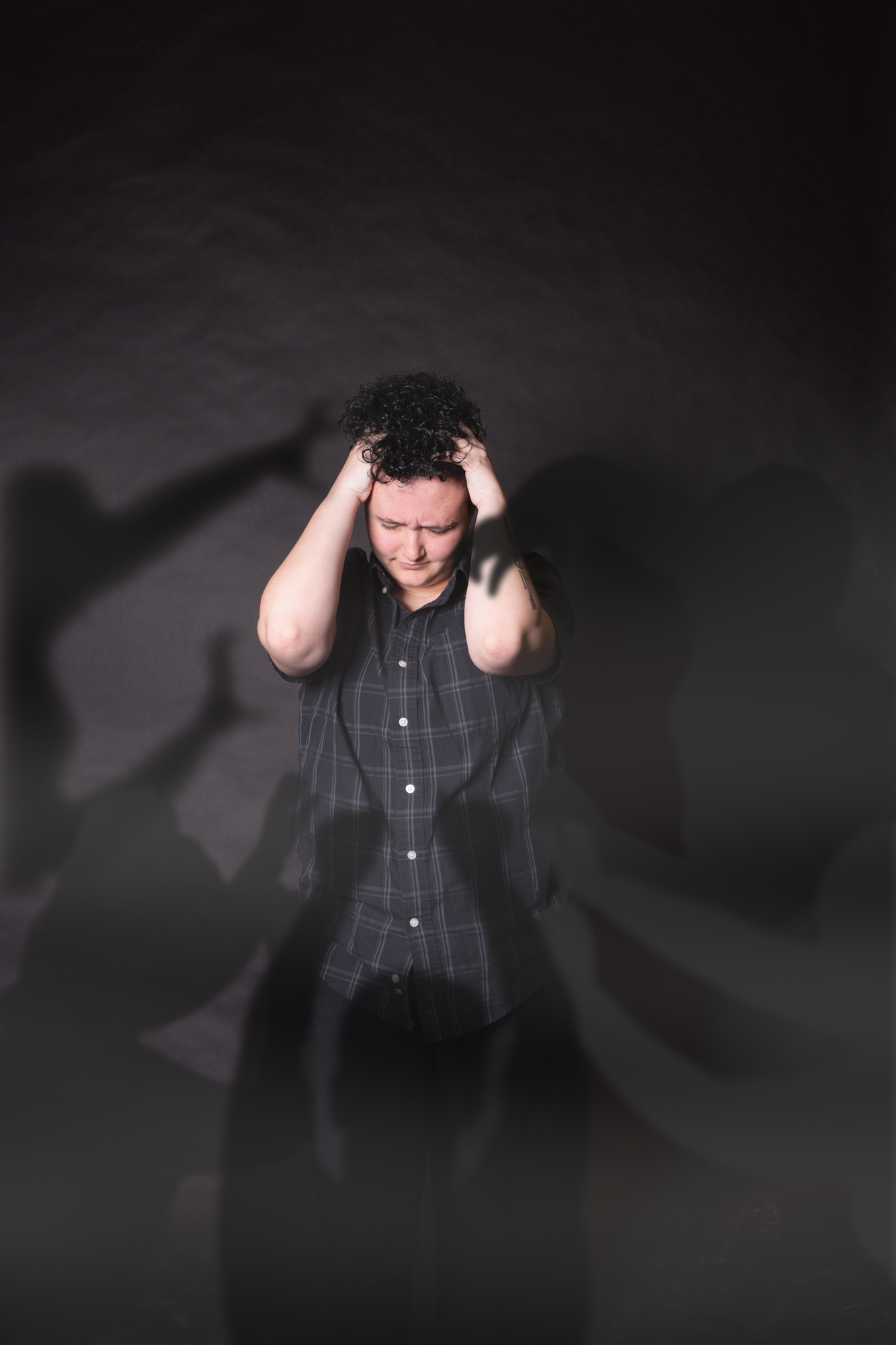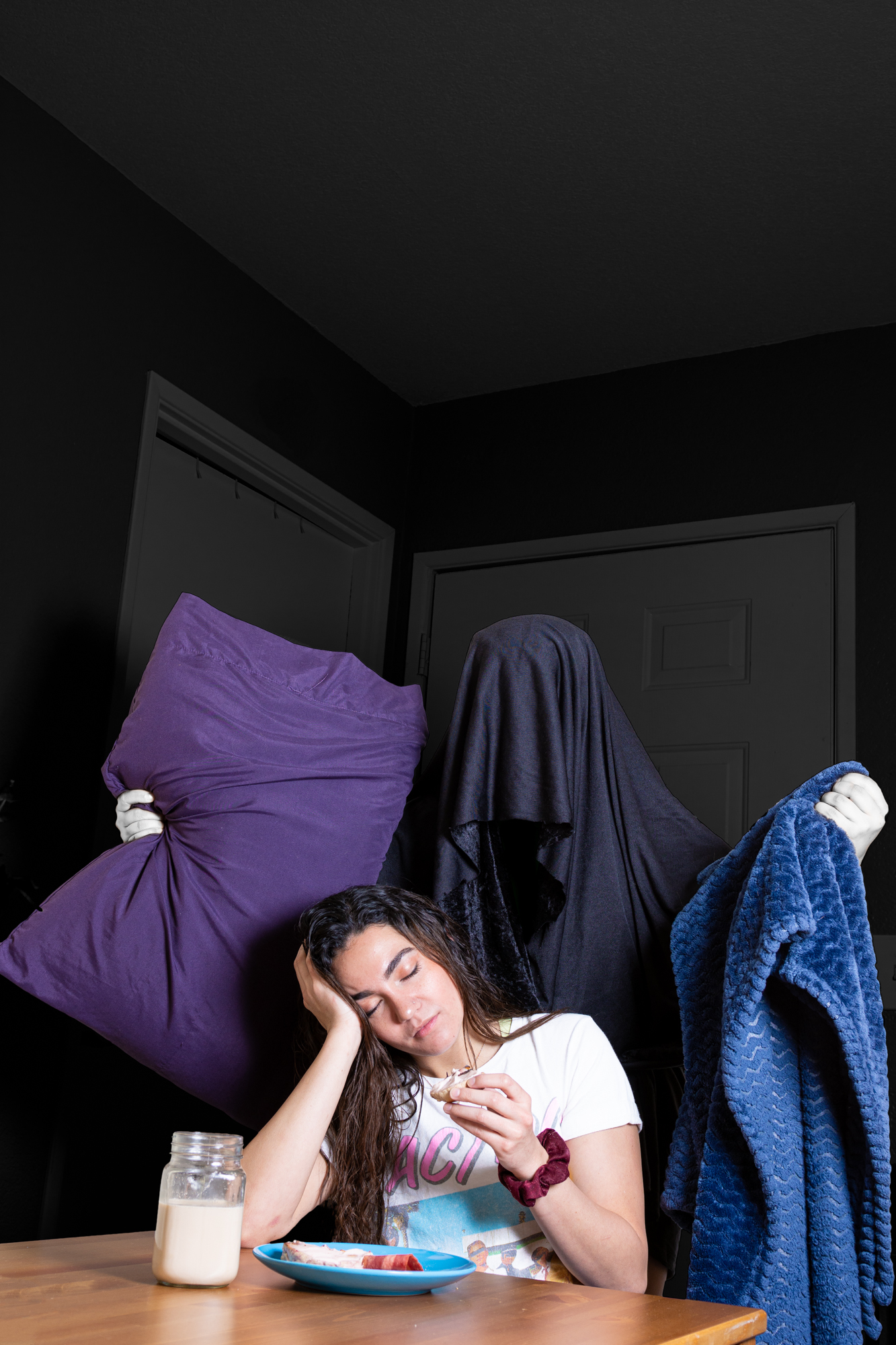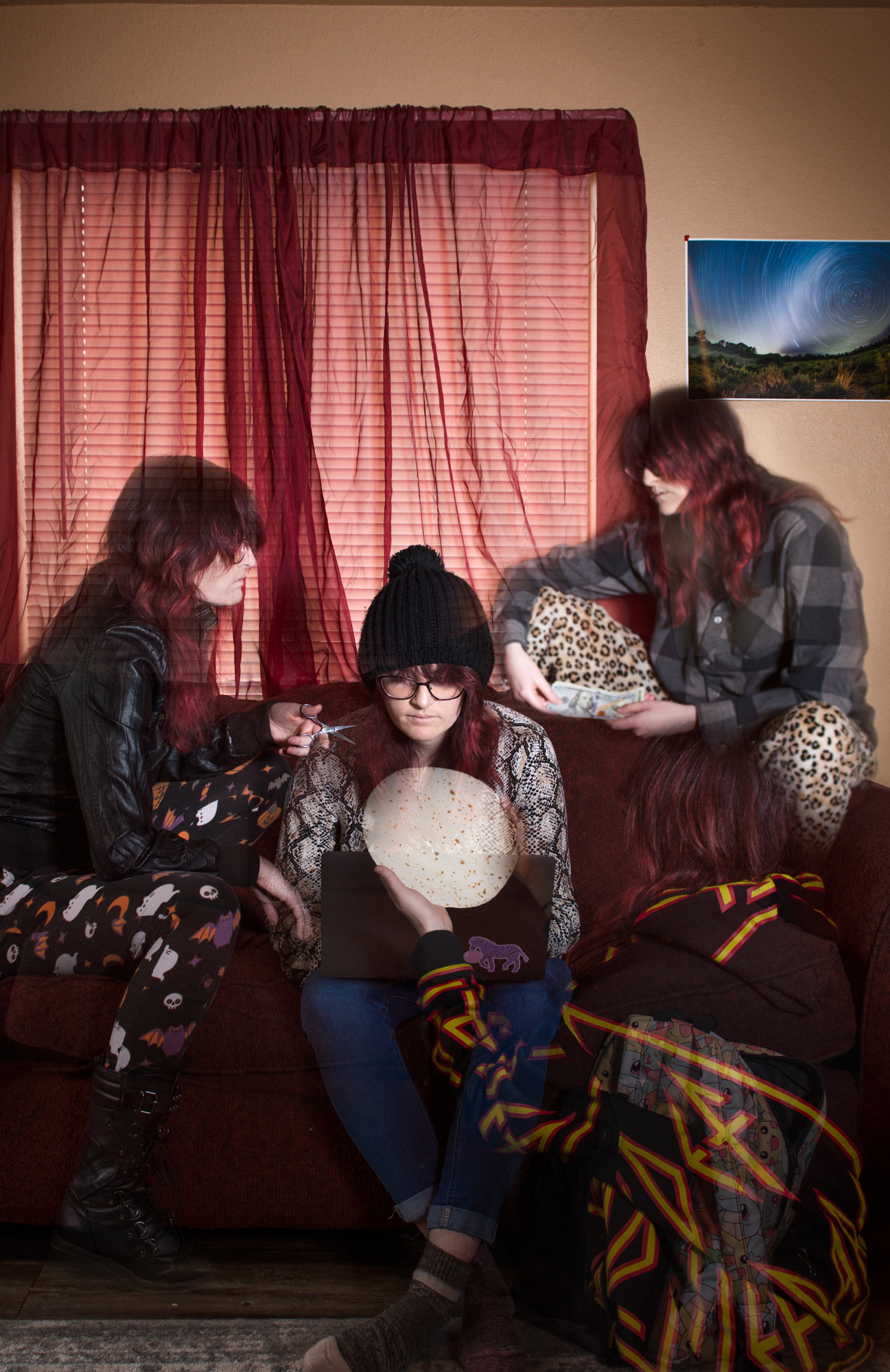SHELBY SORENSEN
Hey, I’m Shelby
After months of doctor visits, inconclusive test results and them pulling my mother to the side and questioning whether I was just having trouble in school or seeking attention I was finally diagnosed with a chronic reproductive disease. They made me feel like it was all in my head because even though this disease it increasingly more common in younger women doctors are still slow to accept that it isn’t just a disease for older women and are quick to dismiss the tell tale signs of excruciating cramps and heavy bleeding as just “being how periods are”. However, despite finally having answers I still felt so lost, I was mad and confused and it made me feel like I was less of a person somehow. This is when I began to seriously switch the trajectory of my photography and began using it as a tool for self expression to work through these complex emotions and taboo topics that no one wanted to talk to me about. Then, four years after my diagnosis I had to have uterine surgery to remove a mass that could have potentially been cancerous just days before I had to fly back to school. After repeatedly asking for help and being sized up by complete strangers and denied any assistance because I looked like an able-bodied twenty year old woman I was fed up; fed up with an ableist society that didn’t believe young seemingly healthy and able-bodied people could be struggling and need help. That is when the idea for ‘Beneath the Surface’ was really born as a project focused on starting a conversation and raising awareness around invisible illnesses and disabilities. I wanted to find a way to conceptually photograph these illnesses as a way to make society acknowledge that they exist as opposed to teaching us that they are something that we should keep to ourselves and handle on our own. Invisible illnesses can affect anyone and everyone, and odds are you know at least one person struggling with some form of invisible illness because it can take all forms including mental illness, reproductive disorders, learning disabilities, and many others. I wanted to combine my love of portraiture and conceptual photography for this project to visually represent these otherwise non-visible conditions for each individual person as if you could actually see what they go through and have to live with. I wanted to create a safe space for people to tell their stories and remind everyone to not judge a book by its cover because you never know what’s beneath the surface.

Age: 22
Illness: Ovarian Cysts
What does it feel like to you: When one bursts it feels like an intense stabbing pain and then residual cramps for hours… if I were to visualize having a cyst burst I think of it as getting struck by lightning. I’m totally fine one second, then I get struck and it’s a super sharp pain that fizzles out to the rest of my abdomen and fingers.

Age: 26
Illness: Hypothyroid
What does it feel like to you: Fatigue, knowing I’m physically fine but my body is telling me there is something wrong, and that there is a ton of weight on me. Feels like I’m moving through quicksand and something is moving me back, like my brain is physically buried in honey.

Age: 19
Illness: Alexithymia
What does it feel like to you: If it’s a rough day and I’m feeling a lot of different emotions, it’s hard to concentrate, as well as it’s difficult for me to understand other people’s emotions towards me…it’s like a swarm of hands reaching for me and tugging on me, wanting to be listened to.

Age: 22
Illness: Endometriosis
What does it feel like to you: I’m usually bedridden for 2-3 days…it physically feels like pressure radiating from within and pressing down around the rest of my body.

Age: 21
Illness: Narcolepsy
What does it feel like to you: It is mentally taxing, I can usually push myself through my daily activities that I need to such as volleyball practice, but once my body slows down and stops moving I fall asleep. This can be doing anything not physically which makes homework and school increasingly difficult.

Age: 24
Illness: Bipolar 2 Disorder
What does it feel like to you: My illness is a voice of consistent impulsiveness. Over time I’ve had to learn how to ignore it, but it is the driving force in my head. I have learned to block out the more substantial impulses as I’ve grown, but to ignore these I need to be entirely focused on resting and no movement.